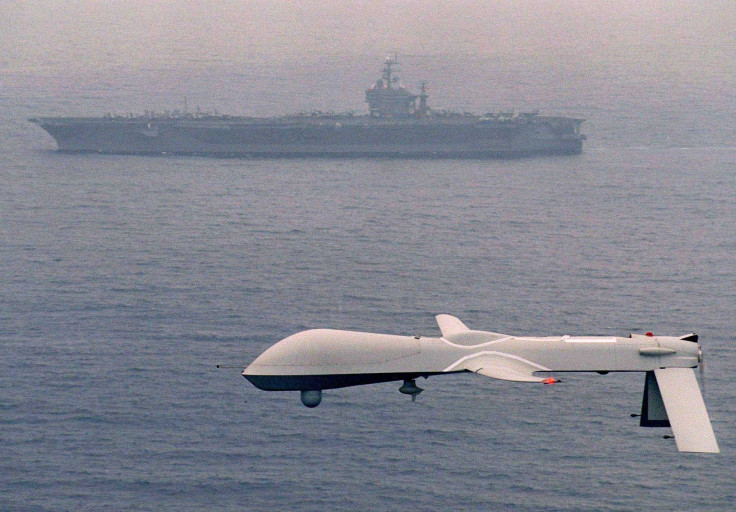Nearly 90% Of Those Killed By US Drones Were Not Intended Targets During Five-Month Span: Report

Nearly 90 percent of the people killed by U.S. drone strikes in Afghanistan over a five-month period were not the intended targets. The Pentagon internally admitted in 2013 that U.S. drone strikes are often carried out based on faulty intelligence. Even when drone strikes do kill the intended target, the Pentagon found, the killing may compromise more valuable intelligence-gathering operations.
Those are among the key revelations of a bombshell report published by the Intercept Thursday. The report, based on information passed along from a source involved in the operations, provides a rare glimpse into the classified U.S. drone operations throughout the Middle East between 2011 and 2013. The Obama administration has consistently declined to discuss drone operations publicly other than to tell the public that each strike is the targeted killing of a person who constituted an imminent threat to U.S. national security.
Documents published by the Intercept contradict those assurances.
One 2013 document circulated by the Pentagon’s Intelligence, Surveillance and Reconnaissance unit details how the U.S. government continuously updates a profile on potential targets. They’re each assigned a number, colloquially known as the terror suspect's “baseball card,” at which point it took President Obama an average of 58 days to approve a strike on that person.
“Anyone caught in the vicinity is guilty by association,” the source told the Intercept. If “a drone strike kills more than one person, there is no guarantee that those persons deserved their fate … so it’s a phenomenal gamble.”
Strikes are carried out faster in Afghanistan and Iraq, U.S. warzones, than in Yemen and Somalia.
Previous reports revealed that the U.S. assumes all military-age males in a strike zone are potential enemy combatants. Former drone operators have also come forward to say many of the hundreds of strikes carried out since 2004 were based on metadata intercepted from a target’s phone. This remained true even after targets learned of the operational strategy and handed off their phones to unwitting strangers, the ex-drone operator said.
The Bureau of Investigative Journalism estimated in April that 522 strikes have killed 3,852 people, including 476 civilians, though estimates vary widely.
"These eye-opening disclosures make a mockery of U.S. government claims that its lethal force operations are based on reliable intelligence and limited to lawful targets," Hina Shamsi, director of the American Civil Liberties Union National Security Project, said in a statement. "In fact, the government often claims successes that are really tragic losses. The Obama administration's lethal program desperately needs transparency and accountability because it is undermining the right to life and national security."
The civilian toll has also turned the local population against U.S. forces, undercutting many of the military’s goals in Iraq and Afghanistan. The Pentagon, attempting to rectify the dichotomy, has pushed for more advanced surveillance drones and recommended capturing more suspects rather than killing them.
“The military is easily capable of adapting to change, but they don’t like to stop anything they feel is making their lives easier, or is to their benefit. And this certainly is, in their eyes, a very quick, clean way of doing things” compared to putting American soldiers in danger, the source told the Intercept. “But at this point, they have become so addicted to this machine, to this way of doing business, that it seems like it’s going to become harder and harder to pull them away from it the longer they’re allowed to continue operating in this way.”
© Copyright IBTimes 2024. All rights reserved.





















